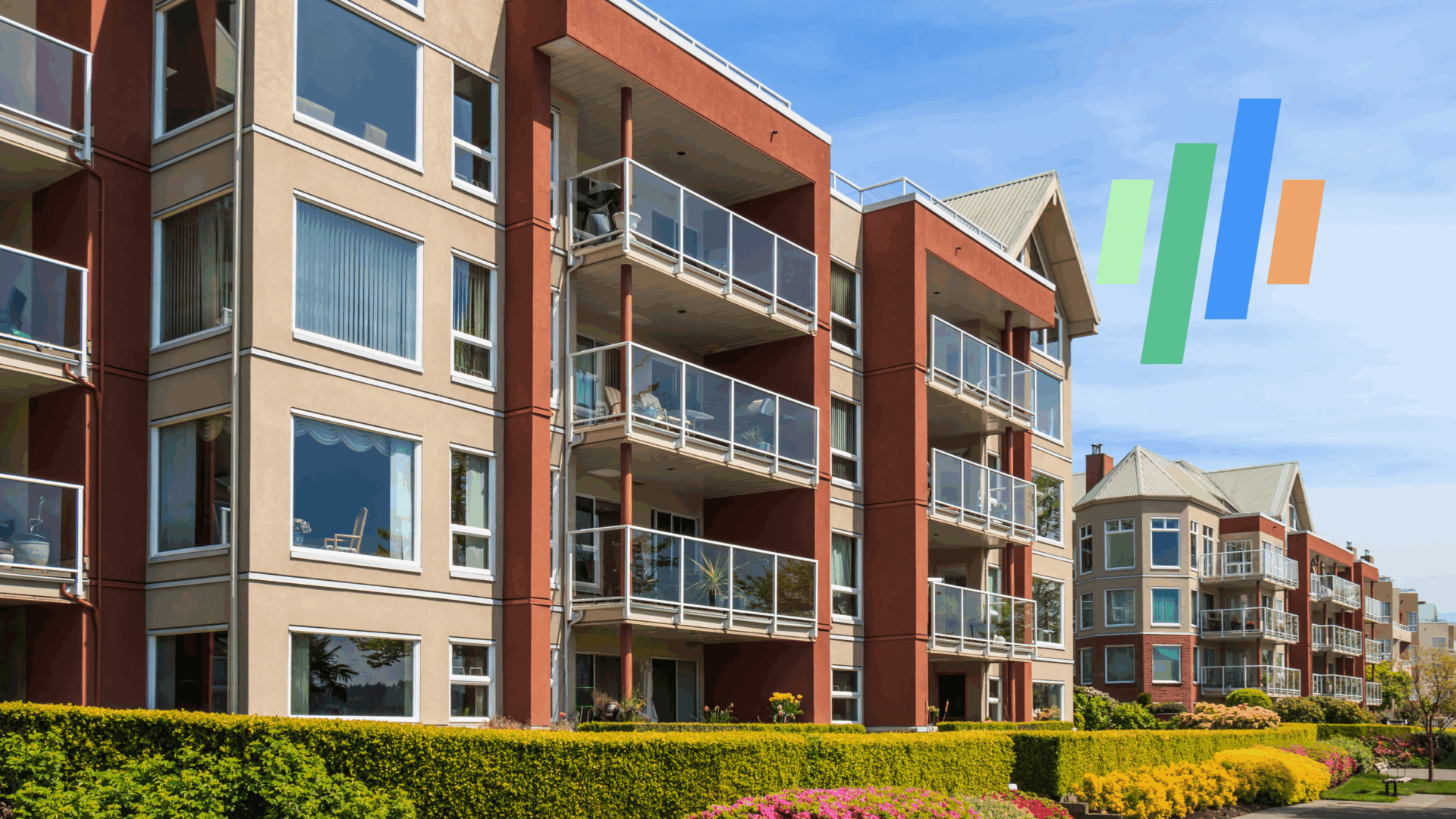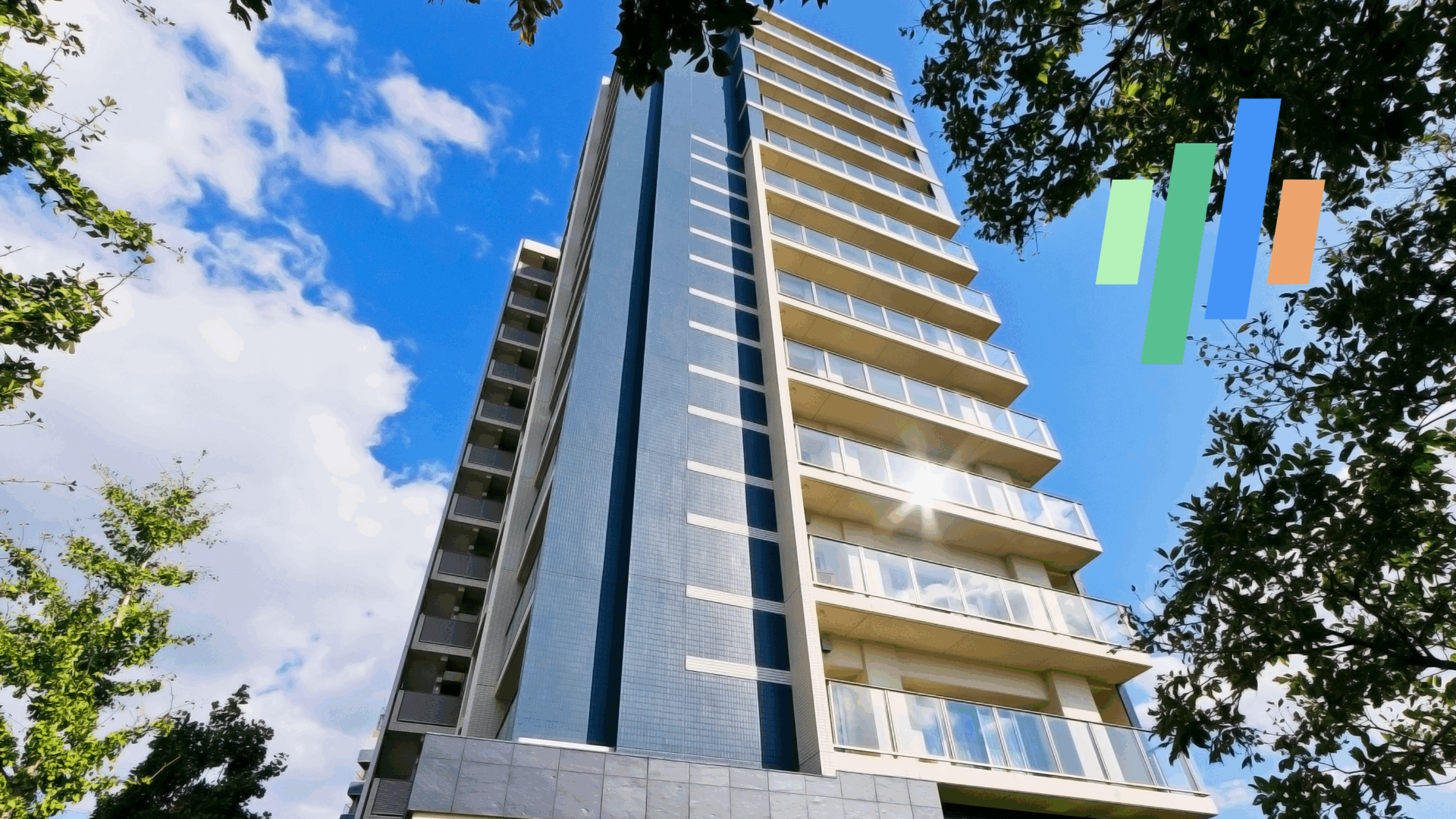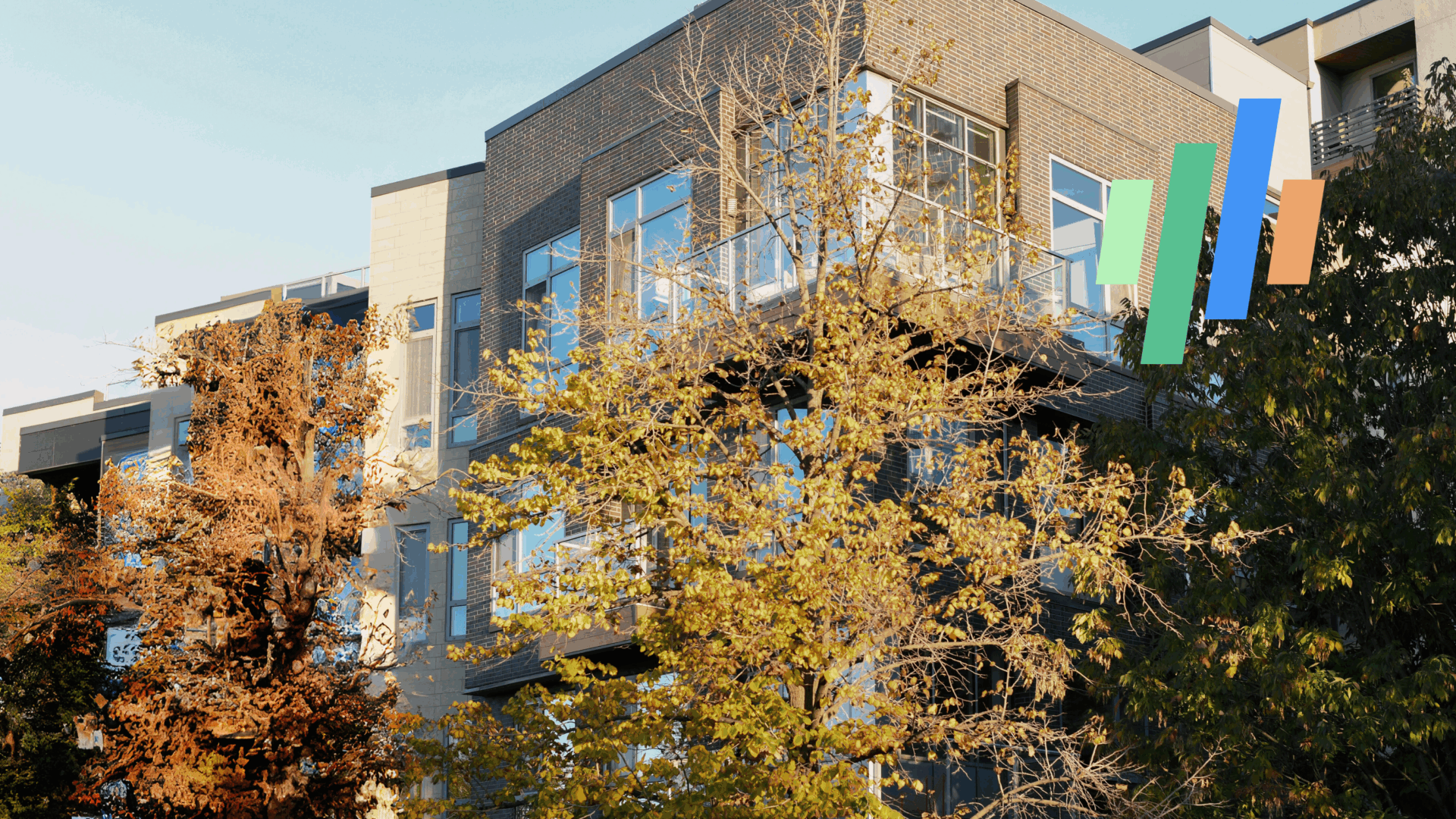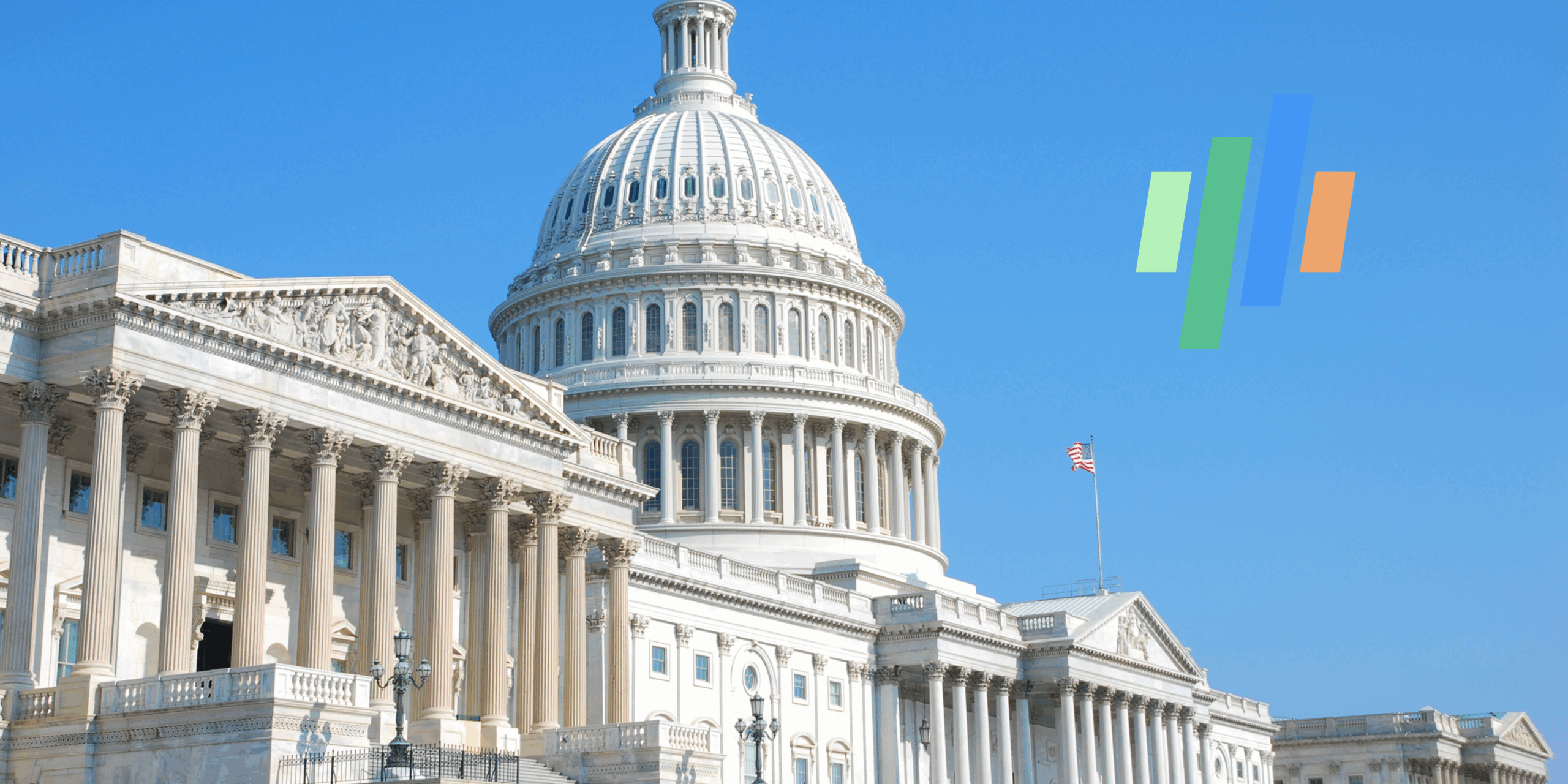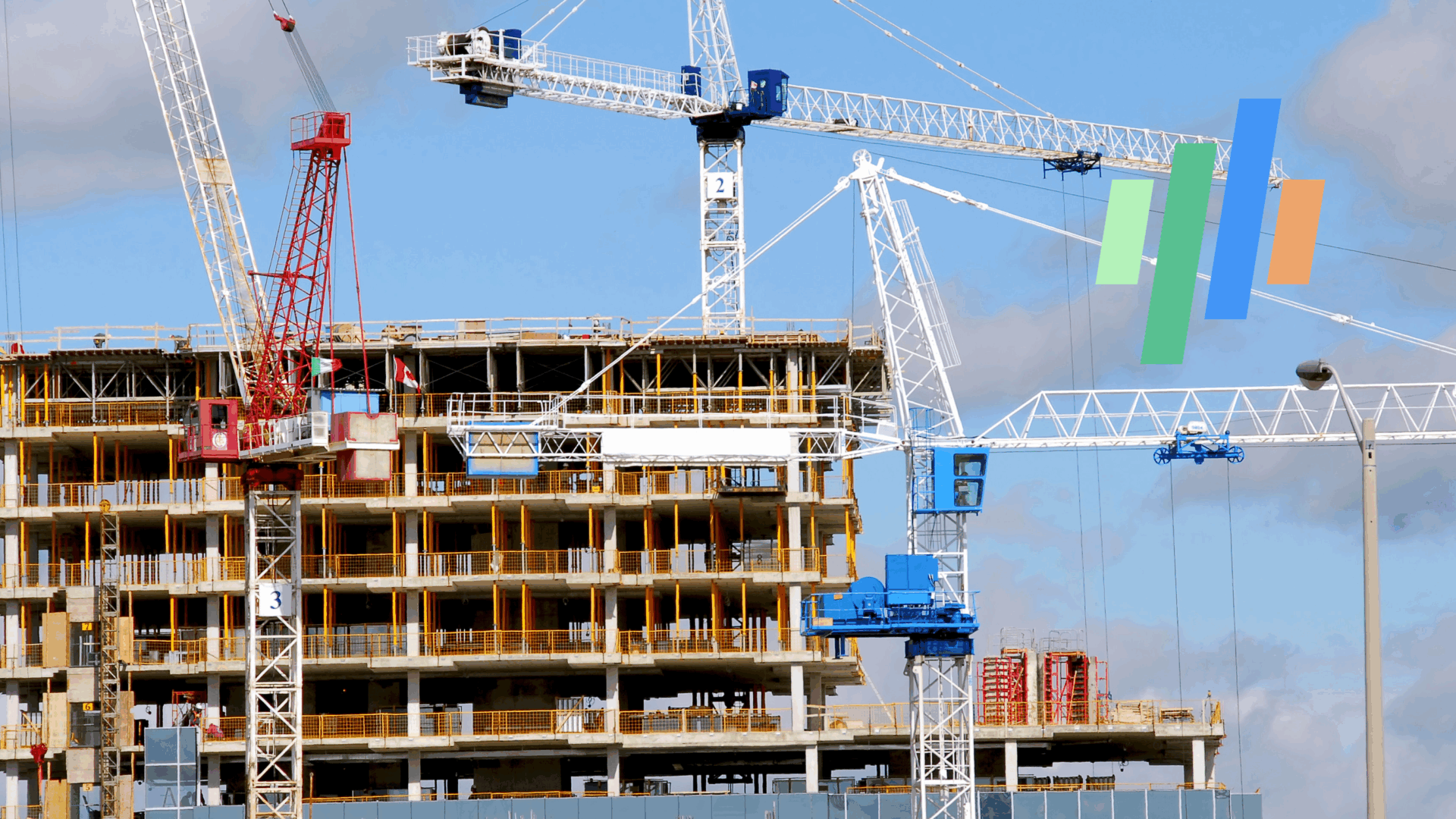Labor Force Participation Fuels Rental Market Growth
While the pace of U.S. job production has gradually trended downward of late, the country’s unemployment rate has stayed low – just 4.1% as of June. Stability in the unemployment rate reflects some continuing momentum in labor force participation, which is the share of the working-age populace that is employed or actively seeking work.
Labor force participation stands at 62.3% overall (the June 2025 figure), and the number is at 83.5% for the especially meaningful prime worker cohort, or those who are 25 to 54 years old.
After hitting a low point in the mid-2010s, labor force participation has been trending upward, minus a blip in the data seen when Covid arrived. Driving those stats in the big picture, there’s been rapid growth of college-educated women in the labor pool.
Another interesting detail in the labor force participation story is seen in what’s happened with men who don’t have college degrees. Job prospects for the group took a big hit back in the Great Recession of 2008-2009, and the labor force participation rate for non-degreed young men never quite fully recovered during the ensuing decade. Now, however, the numbers are finally back to the labor force participation level seen 15 or so years ago. Influencing that shift, job expansion has slowed in employment categories like Professional/Business Services, Finance, and Information (tech), in contrast to the momentum sustained in some fields that don’t require college degrees.
The household formation that comes with a high labor force participation rate obviously helps fuel demand for housing. For the rental sector, sustained strong labor force participation could prove to be especially important at a time when immigration levels are slowing, given that most immigrants initially live in rental housing.
About LeaseLock
LeaseLock is the only true lease insurance program for rental housing. Our AI-powered underwriting solution – LeaseLock Shield™ – harnesses the power of machine learning to determine the best coverage for each property and portfolio’s specific needs. The result is ultimate protection from write-offs and legal risk as well as reduced operational burden. With over $10 billion in leases insured, LeaseLock is delivering significant benefits to both renters and investors while reshaping the way the industry manages risk. LeaseLock is dedicated to improving housing accessibility by removing financial barriers for renters while protecting against risk. Brand Positioning 1.1 — About Us Please reference the following boilerplates in short, medium, and long lengths.

